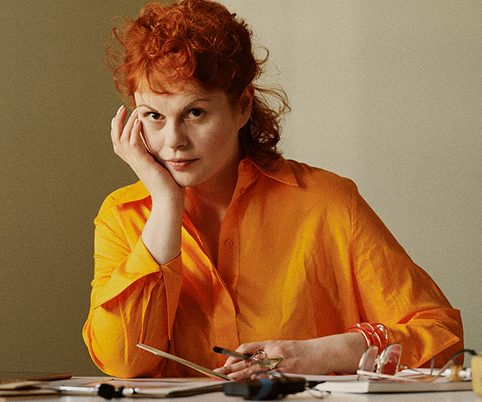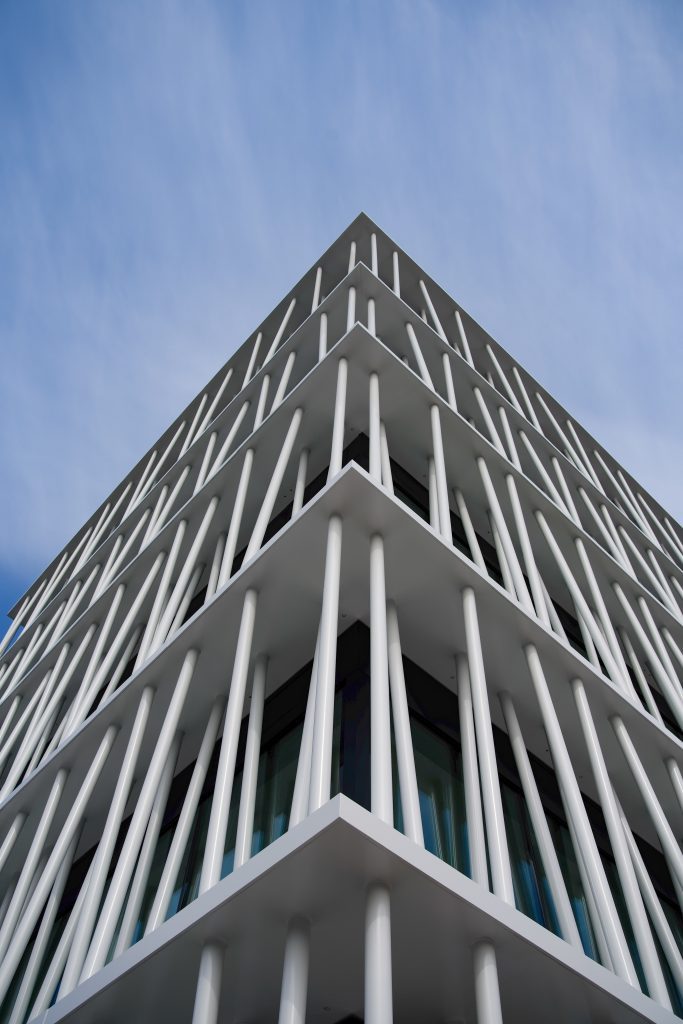Julia Marquardt: “When a real dialogue develops – that’s great.”
Every Saturday, Zara Morris, Julia Marquardt, Barbara Antal, Doro Petersen and Cornelia Durka, among others, run the Bauhaus-Lab at the Temporary Bauhaus-Archiv. The workshops take inspiration from works in our collection and authentic exercises from the historic Bauhaus. But who is behind the concept and its creative realisation?
Lorem ipsum
Julia, please complete the following sentence: For me, the Bauhaus is …
… a lesson in design and experimentation.
You’ve been involved with the Bauhaus for a long time. What is it about this topic that keeps inspiring you?
I studied different subjects in which the Bauhaus was always a topic. I completed my graphic design programme at the Weissensee School of Art and Design in Berlin. The school was founded by artists who were closely associated to the Bauhaus, and the foundation course was based on the teachings of the Bauhaus. In the art and design area that I work in, Bauhaus ideas are always present. So, basically I have always been in touch with it, consciously and unconsciously.
If I met you on the train, how would you explain your profession?
I’m a photographer and a graphic designer.
How did you end up working as a mediator at the Bauhaus-Archiv Berlin?
In 2017, Friederike (Holländer, head of Education & Outreach at the Bauhaus-Archiv, ed.) was organising an educational project at a school and needed someone who could offer a photo workshop. That’s how I came to the Bauhaus Agents programme (an initiative of the German Federal Cultural Foundation and the Bauhaus institutions in Berlin, Dessau and Weimar dedicated to strengthening education and mediation ahead of the 100th anniversary of the Bauhaus, ed.). At the same time, I began working for the Bauhaus-Lab, an educational series of the Bauhaus-Archiv. In the beginning, the workshops took place in the ReUse Pavillion in front of the Bauhaus-Archiv at Klingelhöferstraße. Then we moved into the Temporary Bauhaus-Archiv. What I really like here is how visitors can see what we’re doing and can spontaneously join in.
You’ve headed a number Bauhaus-Labs since then. What do you like doing the most?
Working in a team with my colleagues is a lot of fun, as is working together with participants of different ages, origins and backgrounds. So it's different every time. It's interesting which ideas the participants bring to the group, and also when a real dialogue develops – that's great.
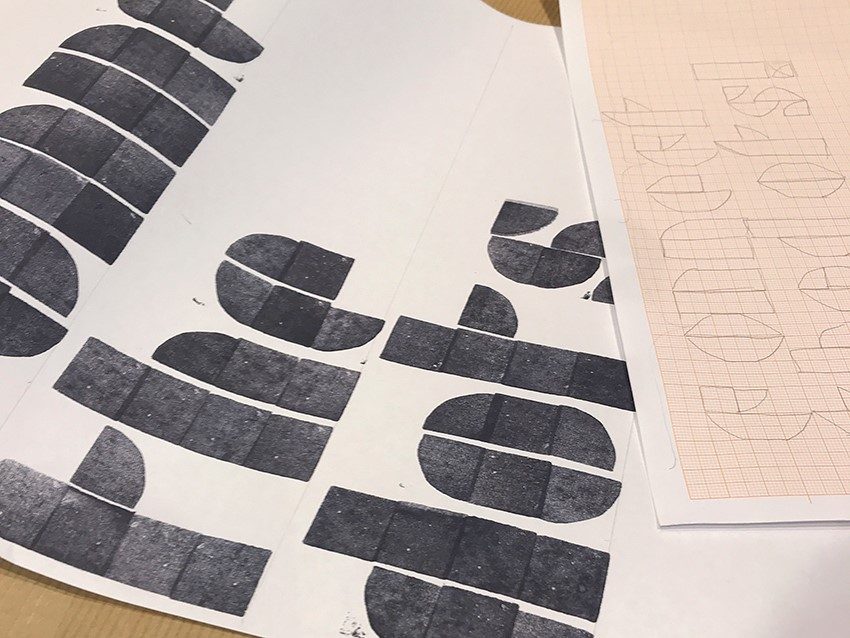 Bauhaus-Lab, „Kreis Viertelkreis Quadrat“, 2024Photo: Julia Marquardt
Bauhaus-Lab, „Kreis Viertelkreis Quadrat“, 2024Photo: Julia Marquardt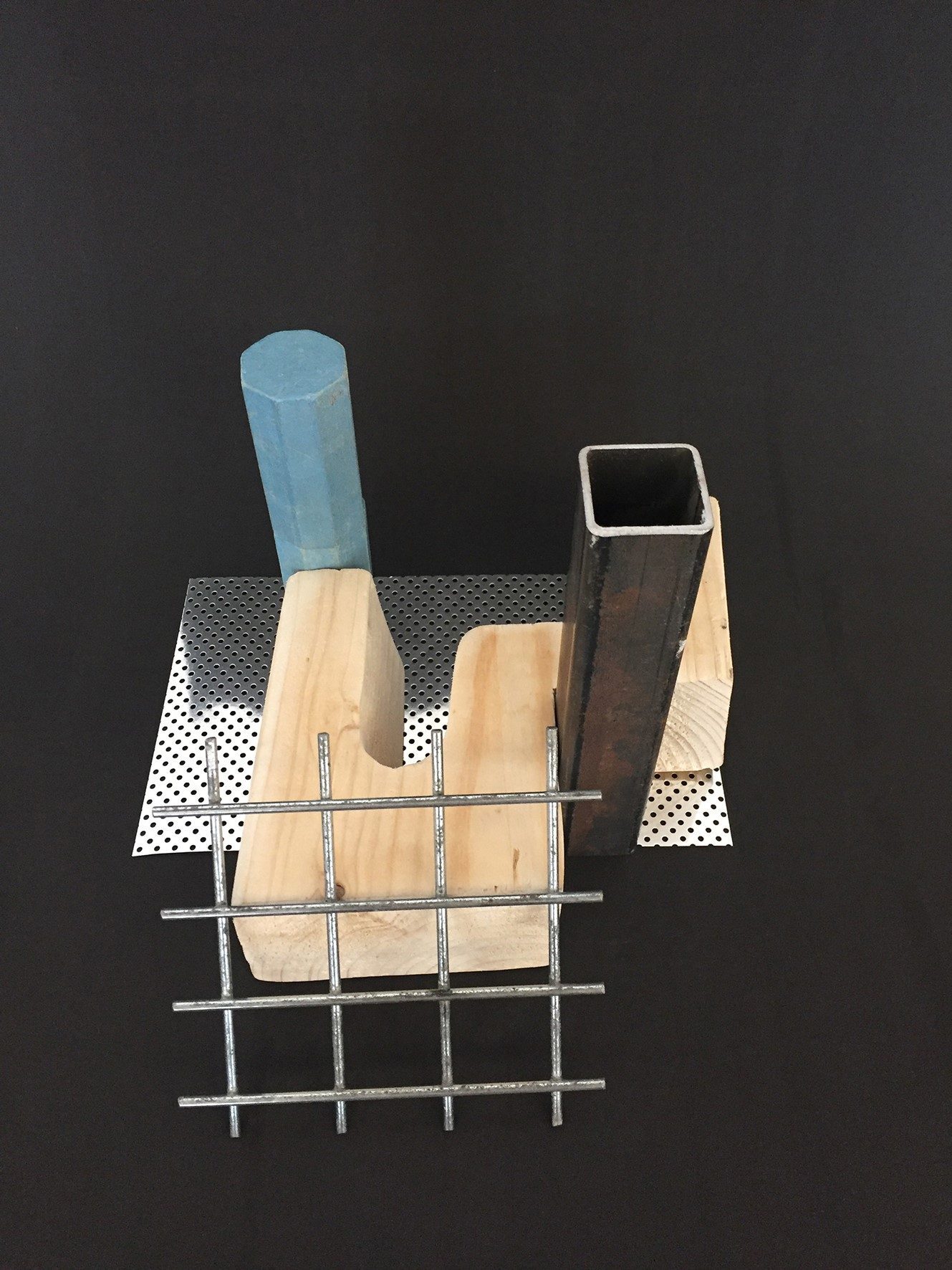 Bauhaus-Lab, „Bauhaus-Tattoo“, 2022Photo: Julia Marquardt
Bauhaus-Lab, „Bauhaus-Tattoo“, 2022Photo: Julia Marquardt- Bauhaus-Lab, „Bauhaus-Tattoo“, 2022Photo: Julia Marquardt
Lorem ipsum
What would you like to convey to participants in your workshops?
In every workshop, the participants should be able to take something home with them. That makes many of them very happy. For me personally, it’s not so much about the end result, but about what the participants learn along the way, what they experience, that they stick with the experimental process and that we offer them a tool to achieve this without judgement. That’s what I find important at the Bauhaus and for us at the Bauhaus-Lab. Experiments can go haywire, maybe it turns into something, maybe not, or maybe it’s something different than we imagined. There are no mistakes. As for me, I take new ideas from every workshop and the feedback from the participants, and constantly adapt my concepts.
“For me personally, it’s not so much about the end result, but about what the participants learn along the way.”
Lorem ipsum
Apart from the participants’ feedback, do you have other ways or sources of inspiration for developing new concepts for the Bauhaus-Lab?
Many ideas arise from areas or themes that interest me at a given time or which I’m involved with professionally. Often I also research what actually happened at the Bauhaus. Or I take a closer look at a member of the Bauhaus, which almost automatically leads me to other topics. Through the Bauhaus Agents programme, I got to know and tried out many Bauhaus exercises. This helped me gain very practical insights into the courses and teaching at the Bauhaus. The exercises originate from the preliminary courses taught by Johannes Itten, László Moholy-Nagy and Josef Albers which allowed students to practice individual skills.
Finally, I’d like to ask you to complete another sentence: For the future Bauhaus-Archiv, I wish for …
... for the educational area in the tower, I wish to have more possibilities and to work with different tools and more materials than before. It would be great if we could expand our repertoire with this new venue, and if the tower would be open to a diverse audience.
The creative minds behind our Bauhaus-Lab in conversation
-
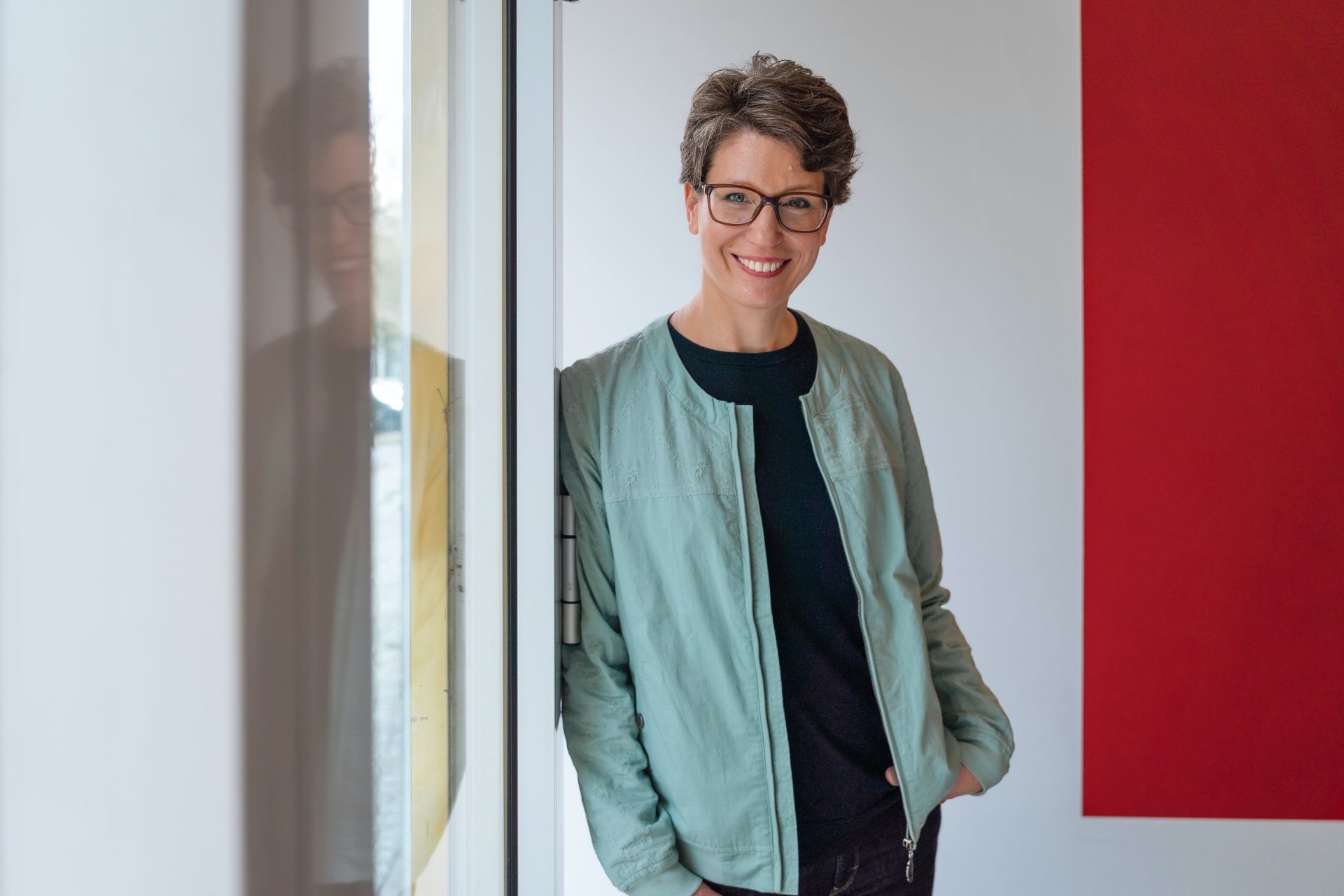
Barbara Antal: “What I love about the Bauhaus is the idea of experimenting with materials.”
BackstageEducation -
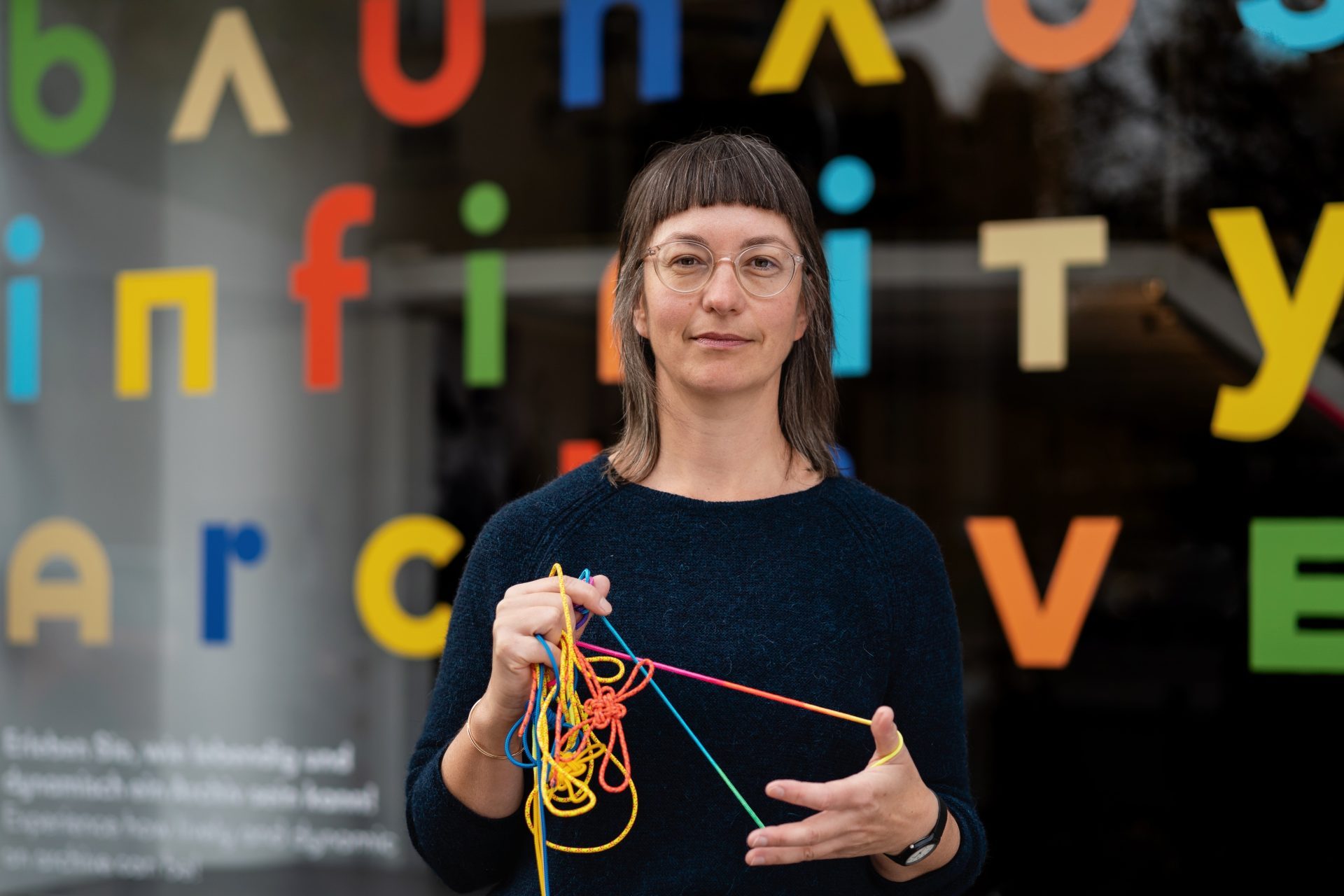
Cornelia Durka: “I persue something that can catapult a question through time and space.”
BackstageEducation -

Zara Morris: “Museums should reach out into its neighbouring communities, and break down barriers.”
BackstageEducation -
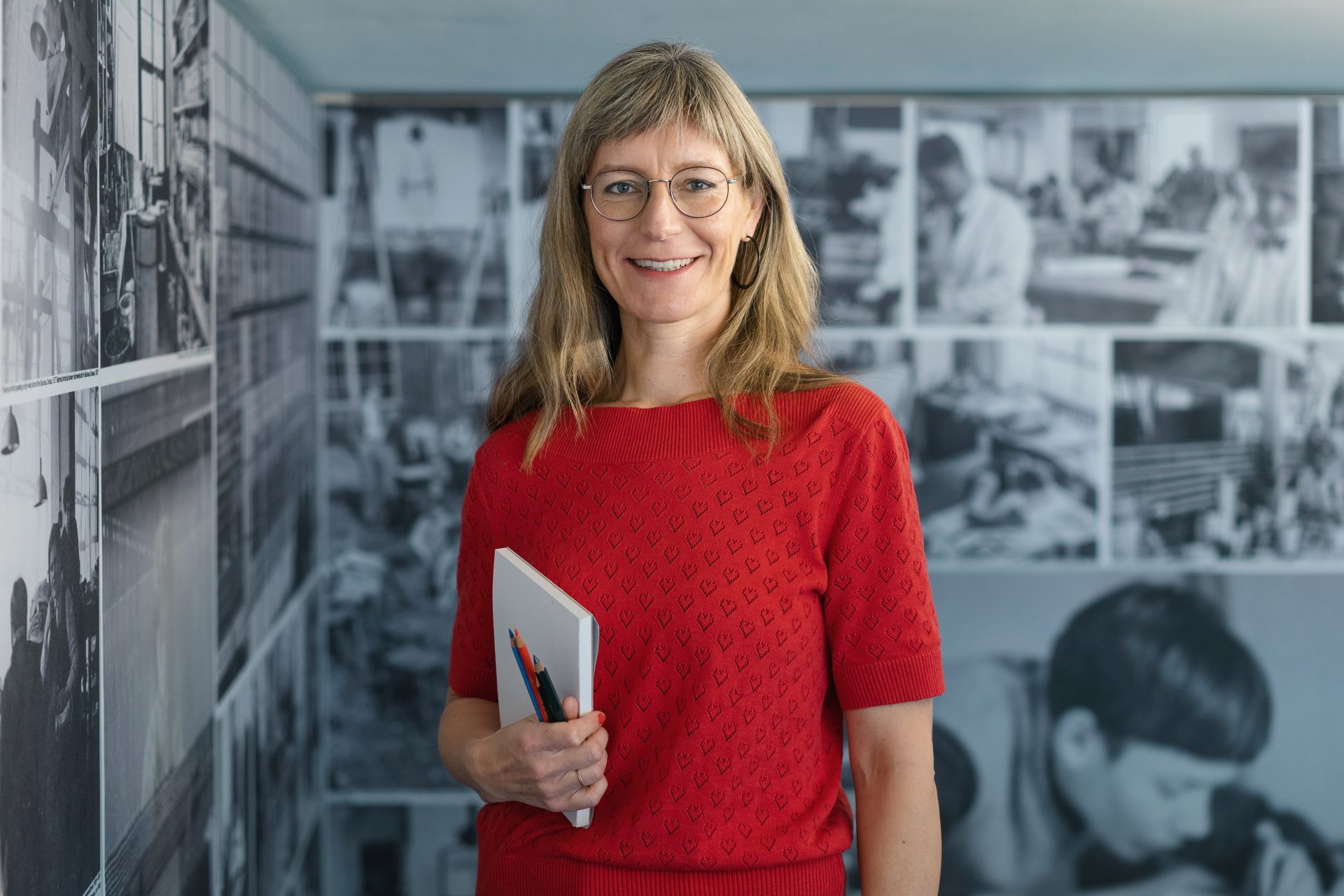
Doro Petersen: “It is so much fun to be creative.”
BackstageEducation
